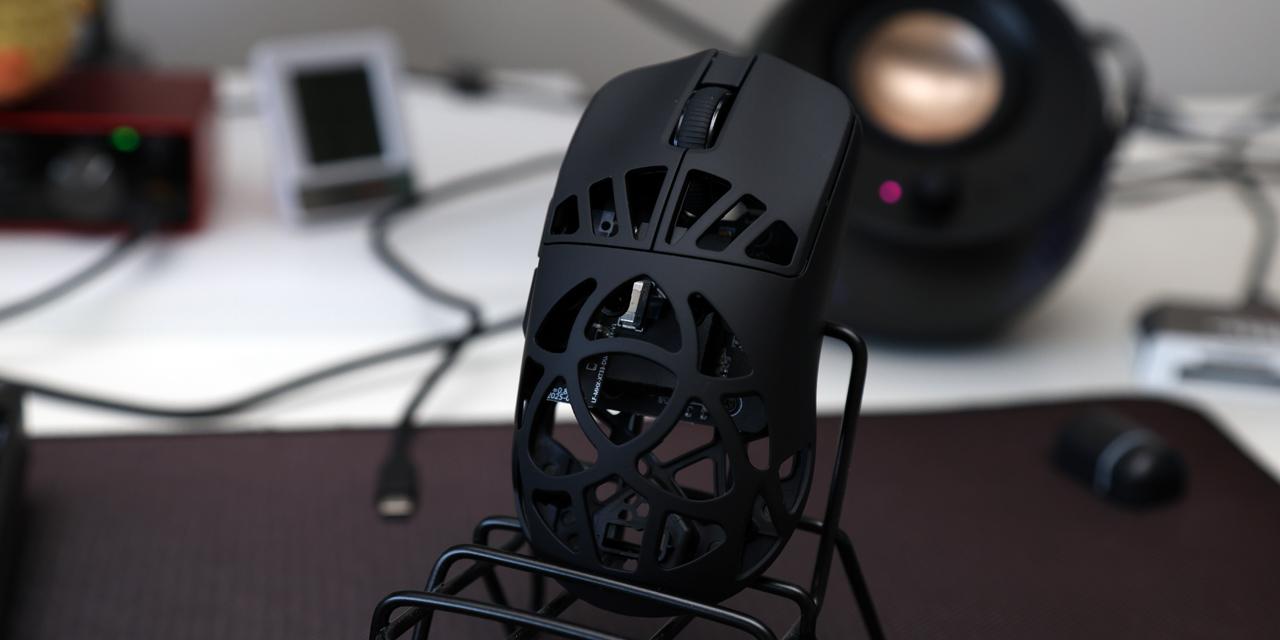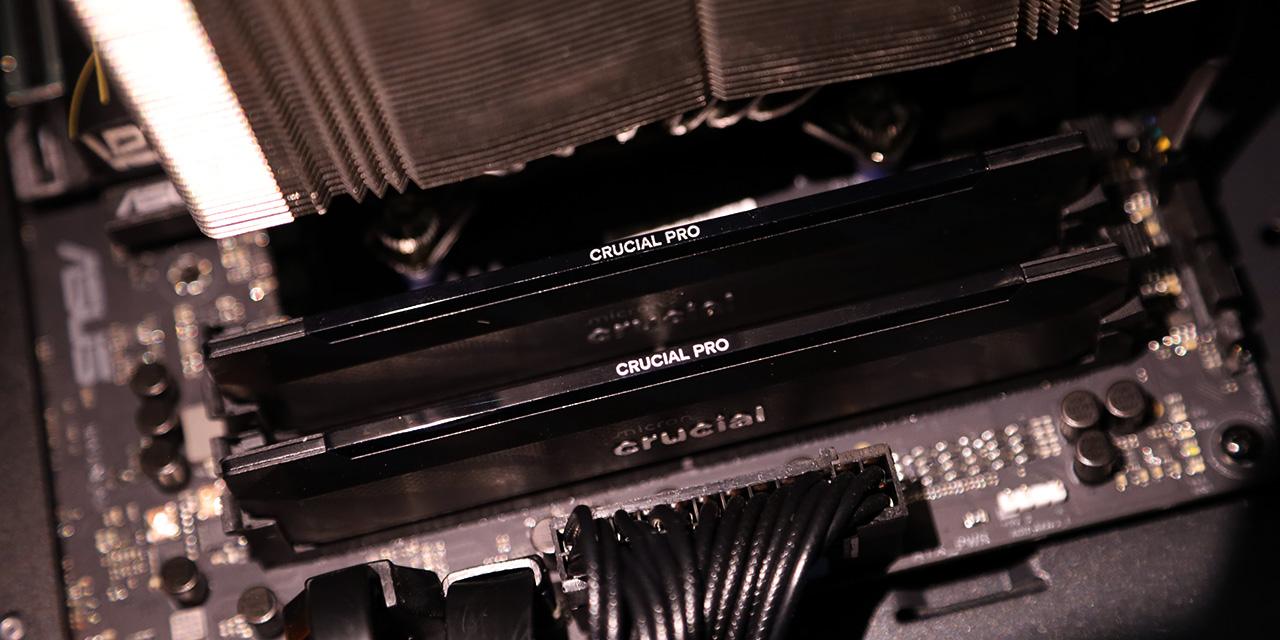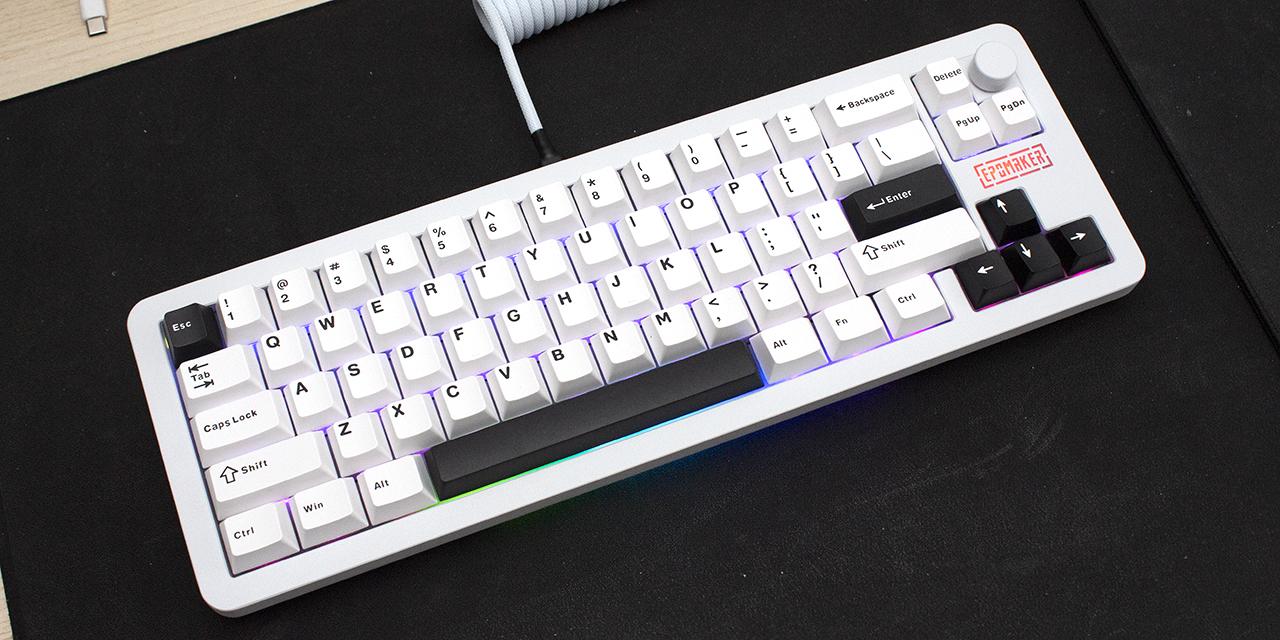|
From X-bit Labs: Intel Corp. has quietly released a statement claiming that it would delay development of unified platform for mission-critical computing that would be compatible with with both Itanium and Xeon central processing units (CPUs). As a result, the next-gen Itanium code-named Kittson will be made using current-gen process technology and will be compatible with existing platforms. “Intel has updated the definition of the next generation Itanium processor, code name ‘Kittson’. Kittson will be manufactured on Intel’s 32nm process technology and will be socket compatible with the existing Intel Itanium 9300/9500 platforms, providing customers with performance improvements, investment protection, and a seamless upgrade path for existing systems. The modular development model, which converges on a common Intel Xeon/Intel Itanium socket and motherboard, will be evaluated for future implementation opportunities,” a statement by Intel reads. The plan to make Itanium and Xeon socket compatible has been Intel’s plan since early 2000s and in the recent years the intention became obvious and natural as Intel started to incorporate technologies for mission-critical computing into Xeon enterprise/expandable platforms. Unification might brought Intel and its partners a lot of benefits and greatly simplify development of server platforms and catalyze software makers to port their mission-critical software to x86 chips. On the other hand, unified platform would allow Intel to cost-efficiently develop new versions of Itanium provided that there is demand for such processors. But the most important thing about the Itanium “Kittson” is that it was supposed to be made using 22nm or 14nm process technology, thus, significantly boosting clock-speed and/or core-count. Being made using 32nm fabrication process will likely result in moderate increase of clock-speed and hardly into core-count boost. Even though Kittson in its current form will be compatible with Itanium 9500 “Poulson” sockets and thus will provide upgrade path for existing systems, it is unlikely that Itanium customers will be glad with 20% performance increase, given the rapidly growing need for performance. View: Article @ Source Site |
 |
Intel Delays Unification of Itanium and Xeon Platforms
© Since 2005 APH Networks Inc. All trademarks mentioned are the property of their respective owners.





